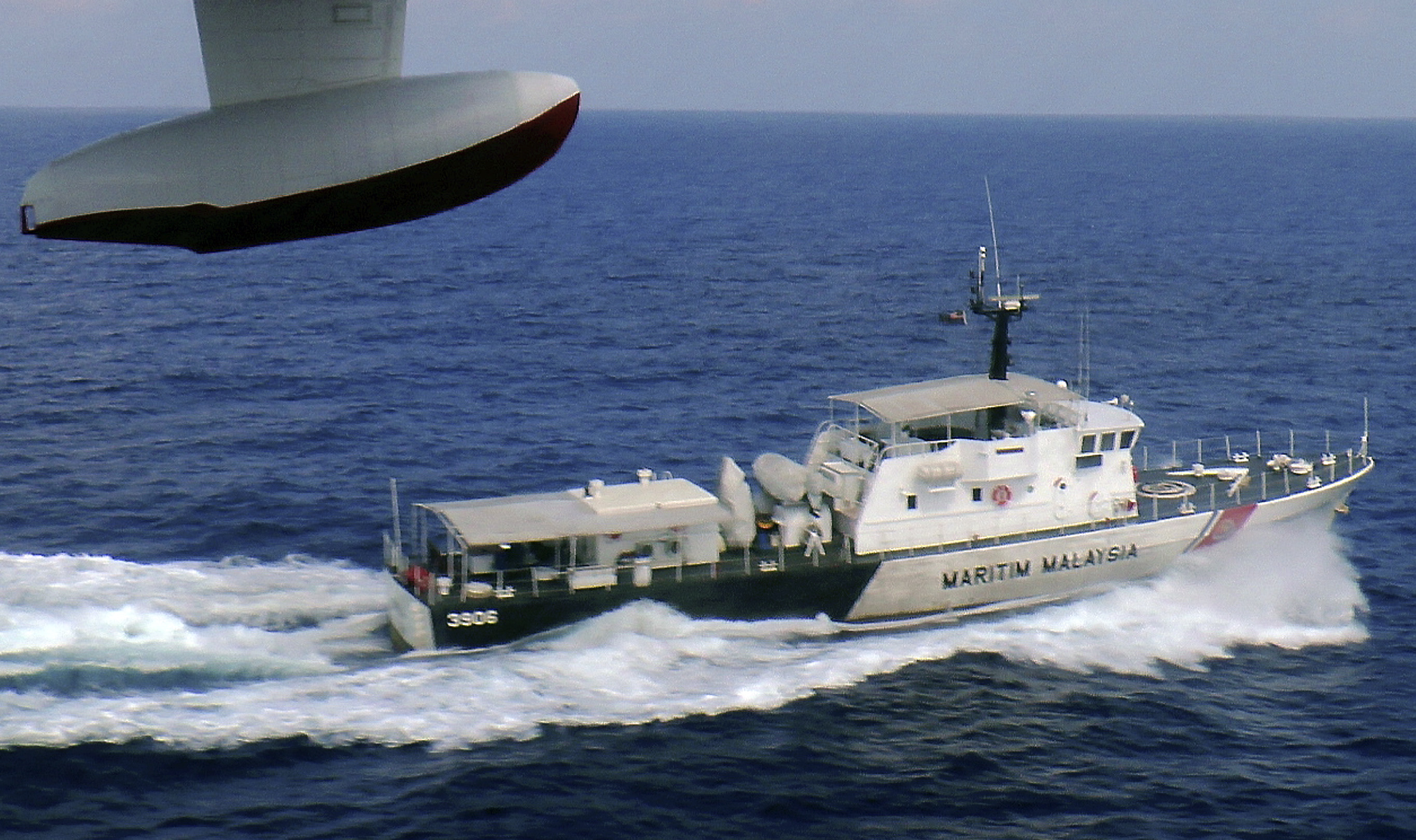As of right now, none of the media outlets know for sure what has happened to Flight 370 flying from Kuala Lumpur, Malaysia to Beijing, China, but that doesn’t stop them from reporting on hypothetical situations that could have occurred during the flight across a portion of the Pacific Ocean.
Did the plane disintegrate midflight? Is the fact that the plane changed direction and flew across Thailand instead of flying directly to Beijing evidence of terrorism? If the loss of the flight was an act of terrorism, did the plane land in a pro-extremist area in order to fly the Boeing 777 in an attack at some later date? These questions plus more are being asked across news networks and the Internet, and still, we are no closer to finding a 100,000+ lb. plane and 239 people. Somewhere in a world that appears to be constantly shrinking alongside the exponential growth of mass communication technology there is a whole plane or thousands of parts of a plane presumably scattered across miles of open water. Will it ever be found? No one knows for sure, and that’s why this story has continued to garner so much interest.
Unless we have a personal connection to someone that was on the plane, we most likely don’t have an emotional connection to the lives of those lost people. Instead, we continue to search for updates in order to see if there is a newer, better story explaining these occurrences (hopefully one with the possibility of a conspiracy happening under mysterious circumstances). These possibilities harness that human lust for creating hypotheses that can’t be proven or disproven, and even if the plane is eventually found, people will still have different ideas about what truly happened aboard that plane because there aren’t many things more interesting than an international conspiracy.
A list of all the tantalizing conspiracies that still attract attention today on the “History” Channel, or the National Geographic Channel, or the Discovery Channel, or the Internet would take too long to collect; some of the highlights are: Area 51, the Kennedy Assassination, Apollo 11, and 9/11 (and some people believe that Lincoln’s assassination was a cover-up as well). Maybe there were discrepancy issues that occurred alongside these events, but if someone actually found the truth about a Confederate plot that placed John Wilkes Booth in Ford’s Theatre to kill our 16th President, would everyone drop the previously accepted tale and accept this new truth? Obviously not.
It would simply fuel the flames of more discussion and media coverage of an event that happened almost 150 years ago. “Experts” would be called in to give there view of the situation and consistently, for a month or so, argue across a desk during an hour timeslot for the enjoyment of the viewer on what now constitutes “news.” Eventually, the interest would dwindle and there would no longer be pundits discussing the topic everyday, but once a year, there would still be a special dedicated to the conspiracy on some basic cable station because we can’t leave a story without a proper ending.
And an ending that is chalked full of at least a dozen different theories consistently unites curious bystanders at a party into discussing what they believe happened. Just look at what are considered the greatest movies or books or stories of all time; many of these works of art are still debated today because there is an unanswerable problem that arises during the plot, and that forcefully nudges people to attempt to discover that answer based on possibly related information existing inside or outside the story. The problem will never be solved, and that’s what attracts people to the conundrum of Flight 370.
It doesn’t matter if the truth ever shows itself. What matters is the evasiveness of the truth. People are attracted to things immediately after discovering that they can’t have them, and when that’s combined with an Amelia Earhart-esque disappearing act, maintaining attention is fairly simple. Basically, everyone loves a good story.
By Martin O’Connor

